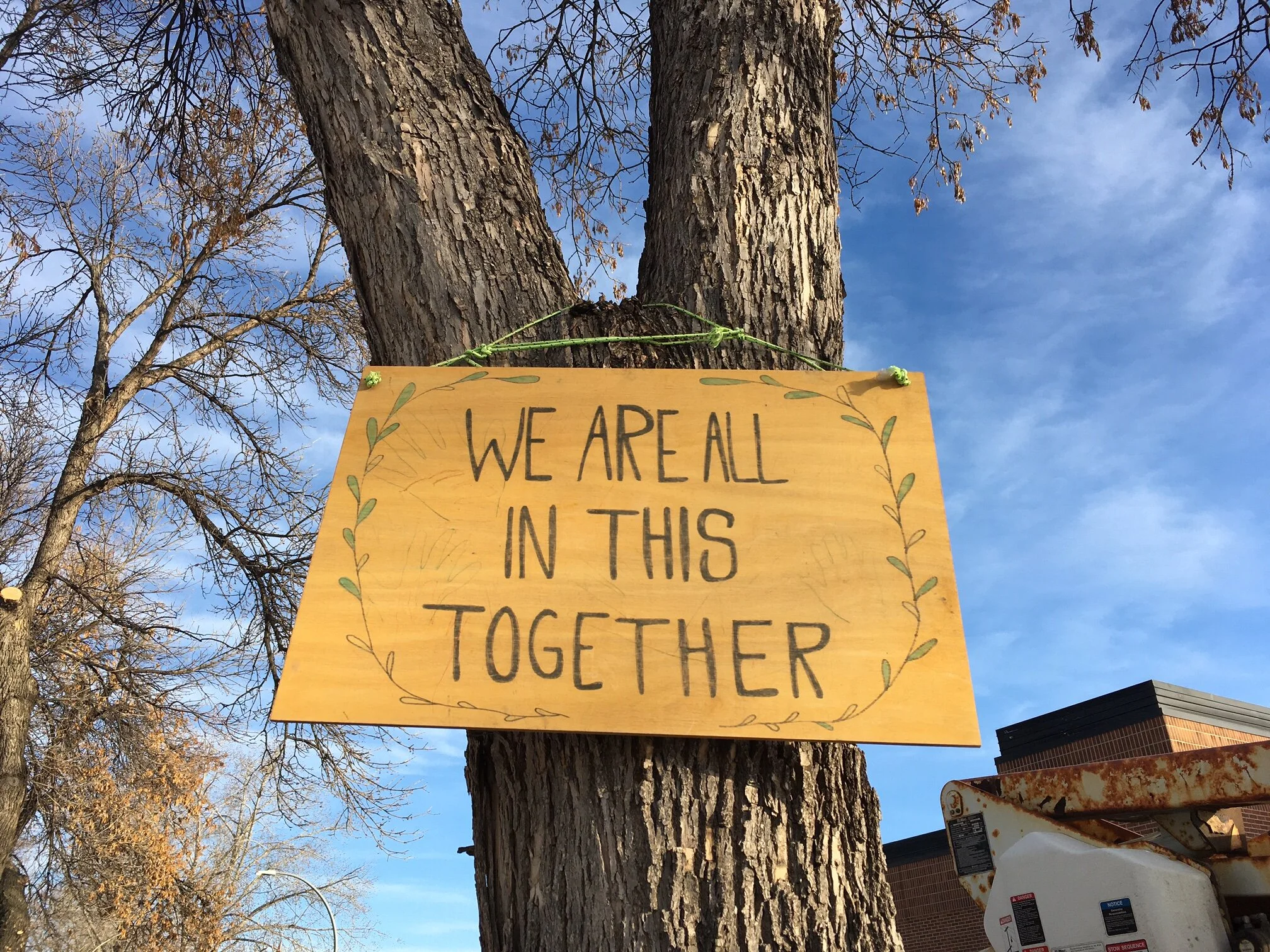For a long time I had an uneasy relationship with the First Noble Truth. It begins by saying that much of what we experience and attach to in life — birth, aging, death, sorrow, lamentation, pain, grief, loss, separation — is dukkha, or unsatisfactory. We can all agree on that. The other three Noble Truths suggest we can end dukkha. Yay!
What I found perplexing is that following the Eightfold Path of Practice does not appear to end the painful experiences that are spelled out in the First Noble Truth. We still get born, age, die, and experience sorrow, loss, etc. We still get pandemics and global warming and threats to democracy and loud neighbours and grey hair and hemorrhoids.
As much as I appreciate that we can avoid the second arrow of self-created suffering, that first arrow still smarts. Why can’t I be free of painful experiences too? What good is pain?
I felt better about pain after reading Phillip Moffitt’s 2008 book Dancing With Life, which explores the Four Noble Truths from a Western cultural standpoint. He points out that our consumer culture has wrongly elevated the avoidance of pain and suffering into something that is inherently good.
In our high-technology, materialistic culture, comfort is equated with success, whereas suffering marks you as a failure. If you are well off, the avoidance of even slight discomfort is almost always an option. For instance, I would not say no to a heated car seat. However, the Four Noble Truths say nothing about heated car seats, nothing about ending dukkha by piling on the comforts. Quite the opposite.
According to Moffitt, if the Buddha were alive today, he would have to revise the Four Noble Truths into something like “One Crummy Truth and Three Noble Truths” or “The Horrible Truth of Suffering and Three Great Solutions.” He says this is because we’ve lost our connection to what our ancient wisdom bearers knew about the “nobility” of suffering.
“The Greek philosophers and playwrights understood the ennobling power of suffering…Just think of Homer’s Odyssey and and Odysseus’s epic struggle to return home…For hundreds of years, the Western mind took comfort in this Greek view of suffering, which gave it meaning and did not equate it with failure,” says Moffitt.
The etymology of the word “suffering” is telling. It’s derived from the Latin word “ferre” which means to bear or to carry. Conscious suffering can be compared to a wagon bearing a load.
Interestingly, dukkha’s literal meaning relates to a wheel that is off-centre. A wagon bearing a load with an off-kilter wheel moves forward with great difficulty. But if we bear our life burdens without judgment, without resistance, it’s like they are being carried on wheels that run straight and true. Our lives roll forward with ease, regardless of conditions.
Our practice is more about truing that wobbly wheel than looking for a place to dump our unavoidable life burdens. This path invites us to embrace the “ouch” of life.
“The first insight of the Truth of Dukkha is realized when you are able to distinguish between carrying the weight of your life with all its loss and pain, and collapsing underneath these difficulties,” says Moffitt. “You nobly accept your suffering and acknowledge that your life is being characterized by it, despite your preference for it to be otherwise.”
For good measure, Moffitt and others have devised alternative ways of conceptualizing the Four Noble Truths. Imagine dukkha being like a chronic illness and the Buddha being like a physician. It would look something like this:
The Four NobleTruths
of the Dis-Ease of Dukkha
Symptoms: Stress, dissatisfaction, anxiety, suffering.
Cause: Clinging/resisting as a result of craving.
Cure: Letting go of clinging/resisting.
Medicine: The Eightfold Path (non-harming, mental discipline, wisdom) leading to ease/freedom.
—Nelle Oosterom

